
Museu da Ciência, University of Coimbra, Portugal
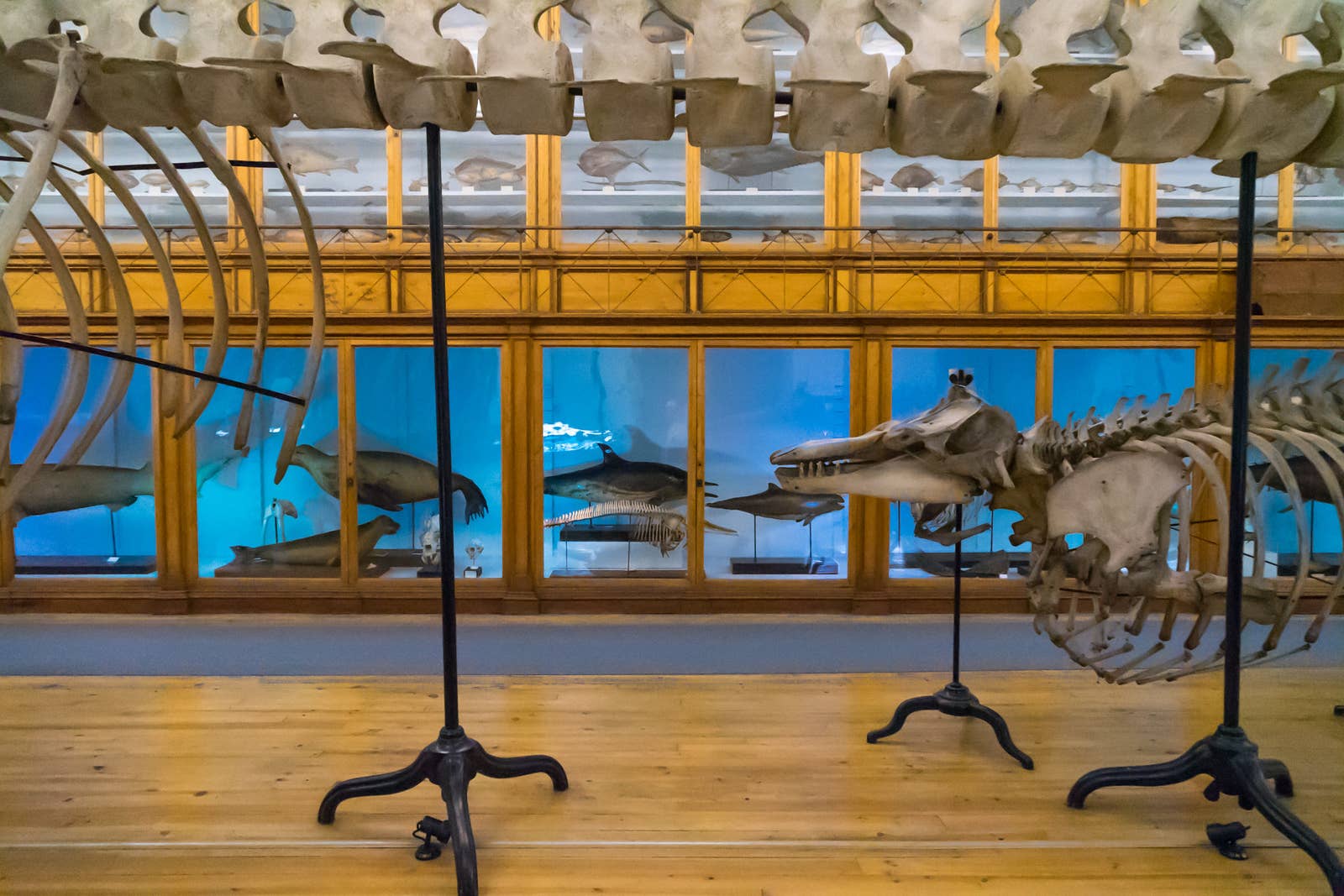
As students return to the classroom to begin their fall semester, photographer Leslee Broersma is taking a closer look at how academic spaces mold the critical thinkers of tomorrow.
Broersma’s ongoing work Academia: Interior Landscapes was inspired by a 2015 trip across the US to visit potential universities for her children. During their journey, Broersma became fascinated by the architecture and environments in which knowledge is passed from educators to students and began photographing the interiors of these spaces as large-scale landscapes, capturing their intricate details. In 2016, Broersma was awarded an artists residency in Italy and began photographing the interior spaces of universities in Western Europe, adding a layer of history to her work that was absent in her previous pictures from the United States.
Here, Broersma shares with BuzzFeed News a selection of pictures from her ongoing series Academia and discusses the concepts behind these fascinating landscapes.
What is it that draws you to these academic spaces?
Leslee Broersma: As a parent and educator, I was struck by the role that academic interiors play in defining the college experience. Exploring universities in Europe, I thought about how academic interiors provide the scaffolding for Western intellectual thought.
Dipartimento di biochimica “Giovanni Moruzzi,” University of Bologna, Italy
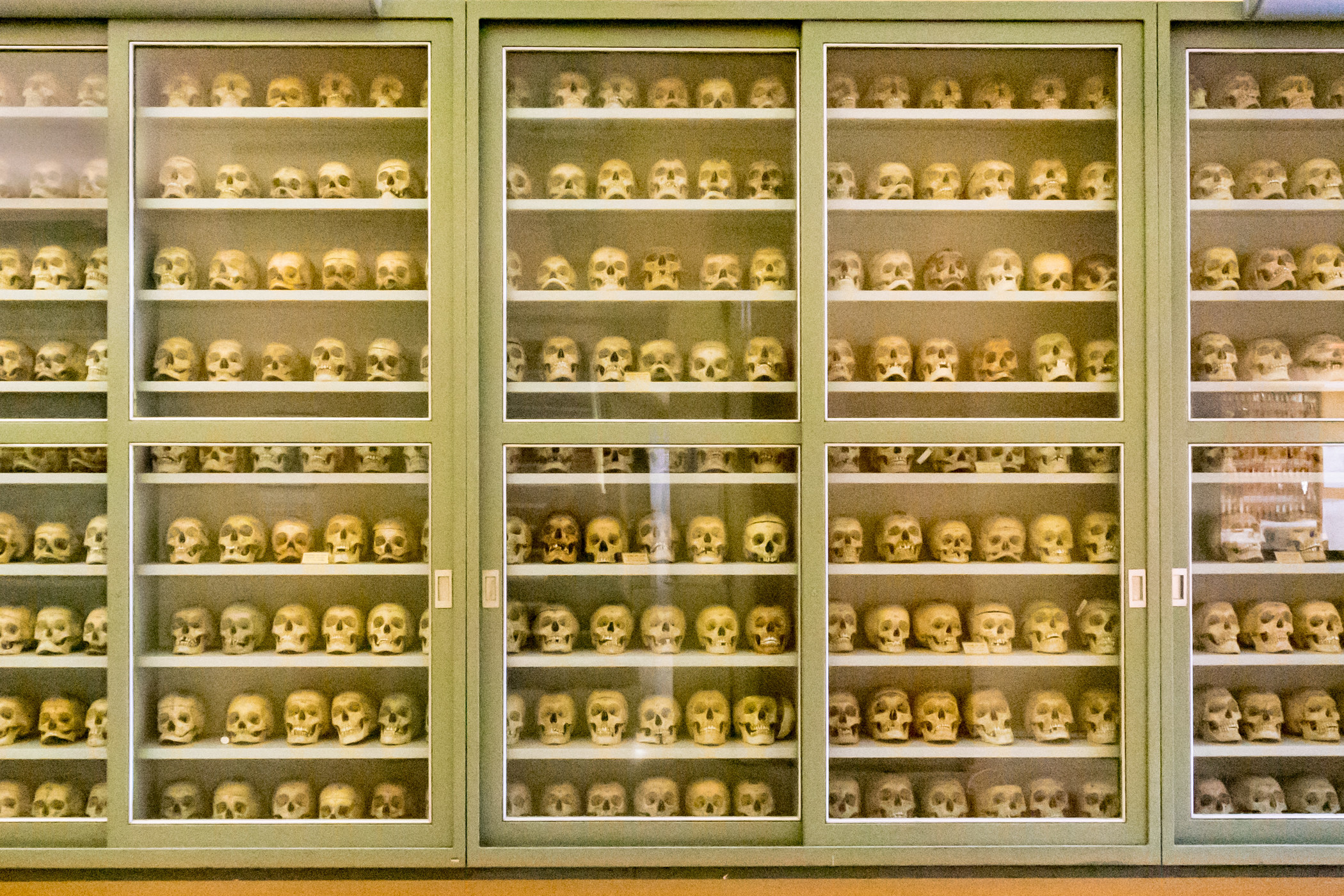
Portico, University of Milan, Italy
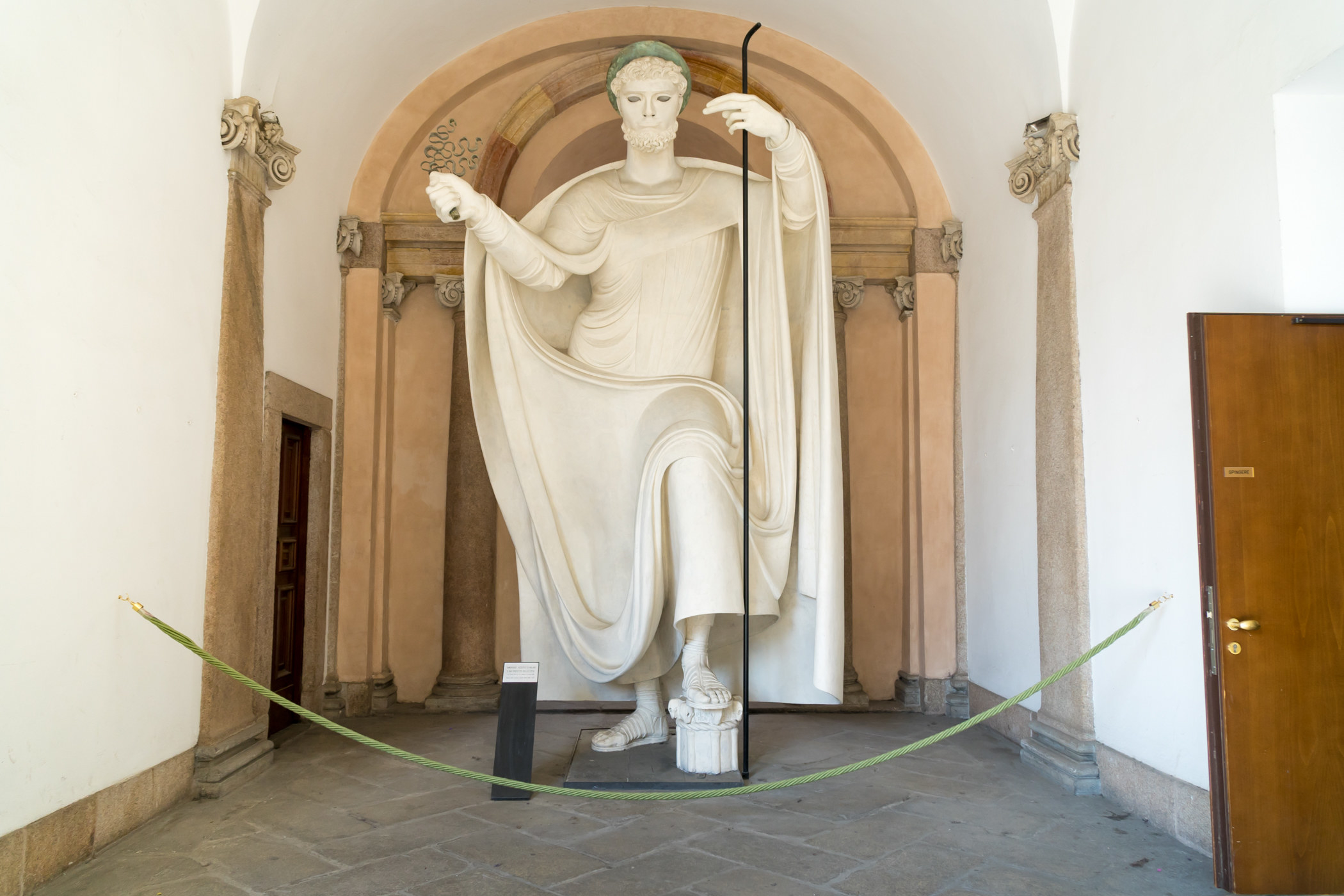
These are institutions that are hundreds of years old. The museum collections within these universities pay tribute to the Western history of conquest and colonization. The architecture and design of academic institutions shape the interior cerebral landscape of students who pass through these halls. For centuries, these students became political, artistic, scientific, and technological leaders, creating the landscapes of the world today.
Was it difficult to gain access to these spaces?
LB: Most of the spaces are open to the public — university museums, campus botanical gardens, and research collections located within academic departments. Some of the spaces are open to the community during special events, like student art exhibitions and special event open houses. In some cases, I just wander in and explore the empty hallways and empty classrooms.
Senaatszaal, Utrecht University, Netherlands
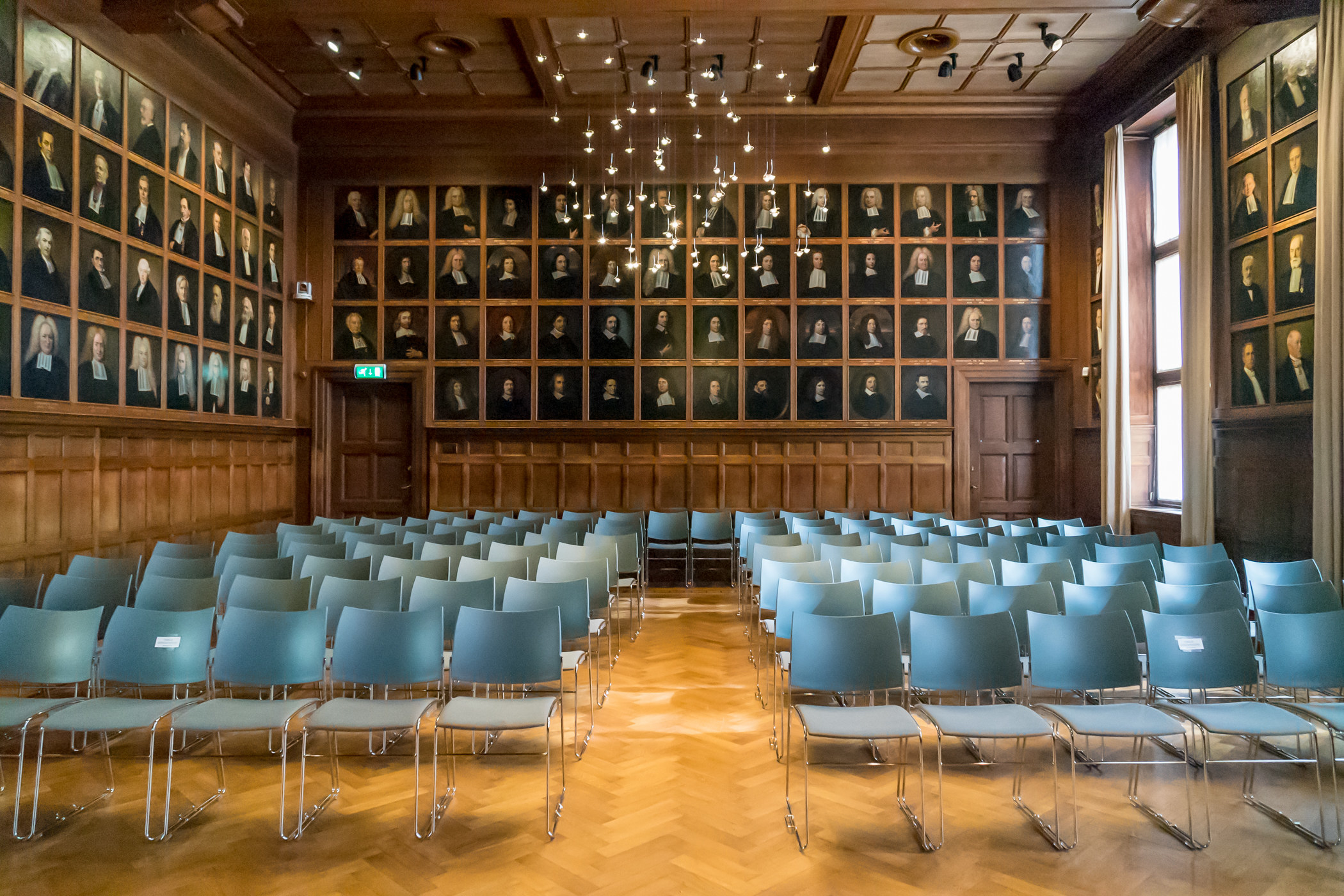
Studentische Kunstgalerie, Dresden Academy of Fine Arts, Germany
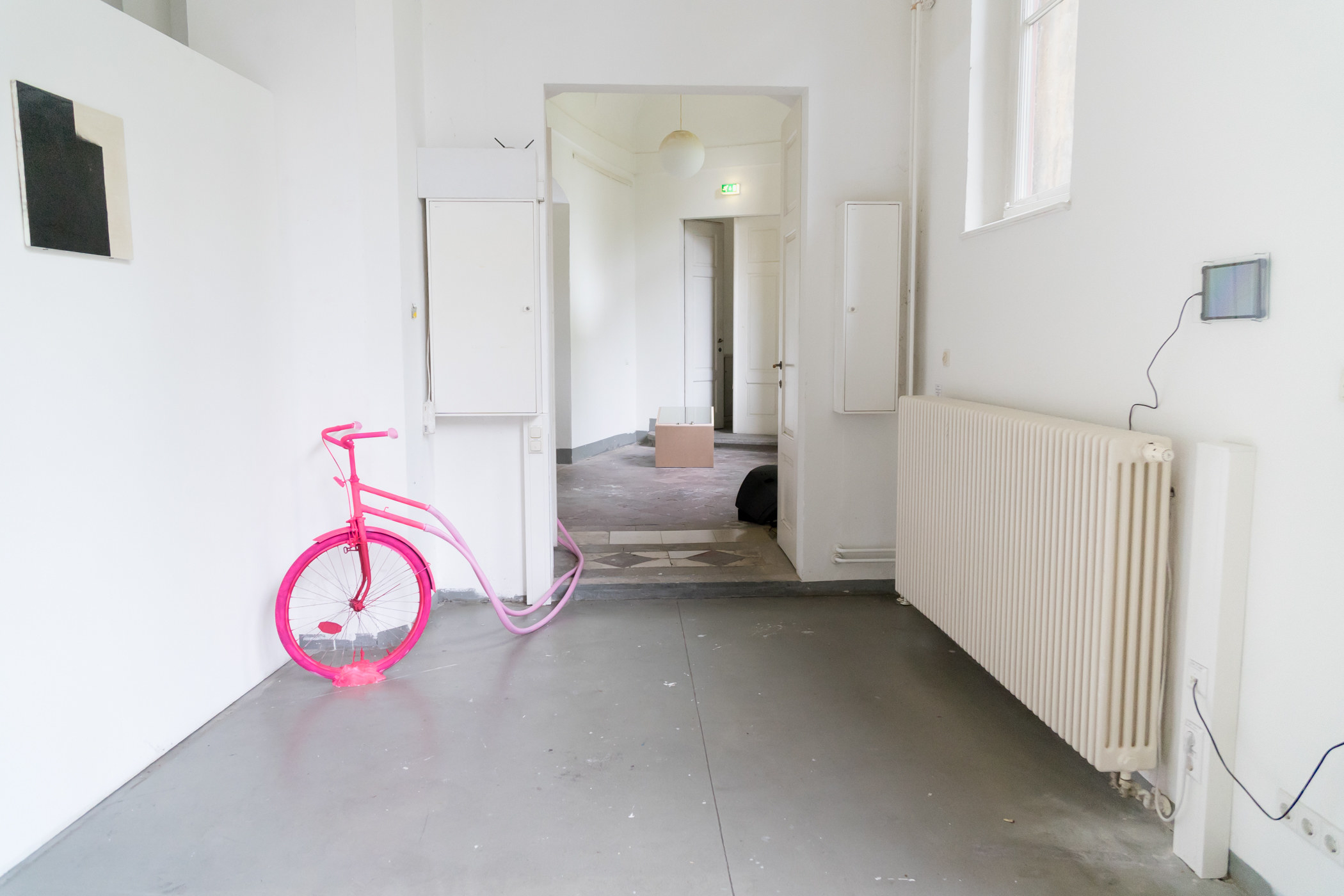
Is there a particular space that was uniquely fascinating to you?
LB: University of Bologna’s Collection of Anatomical Waxes “Luigi Cattaneo” and the Department of Biochemistry “Giovanni Moruzzi” certainly were the most eerie. The display cases of human skulls and wax replicas of human body parts were hauntingly beautiful. Many of the museum spaces I entered at the University of Bologna were void of other visitors. I walked alone through these centuries-old buildings full of ghostly and tormented human artifacts and wax reproductions.
What was something you took away from this body of work that was entirely unexpected?
LB: Walking through the buildings, I became acutely aware of the remnants of the people who have inhabited these spaces. The design of the rooms, the furniture left behind, and the curated collections speak about those who have passed before me.
Lobbyen, Leiden University, Netherlands
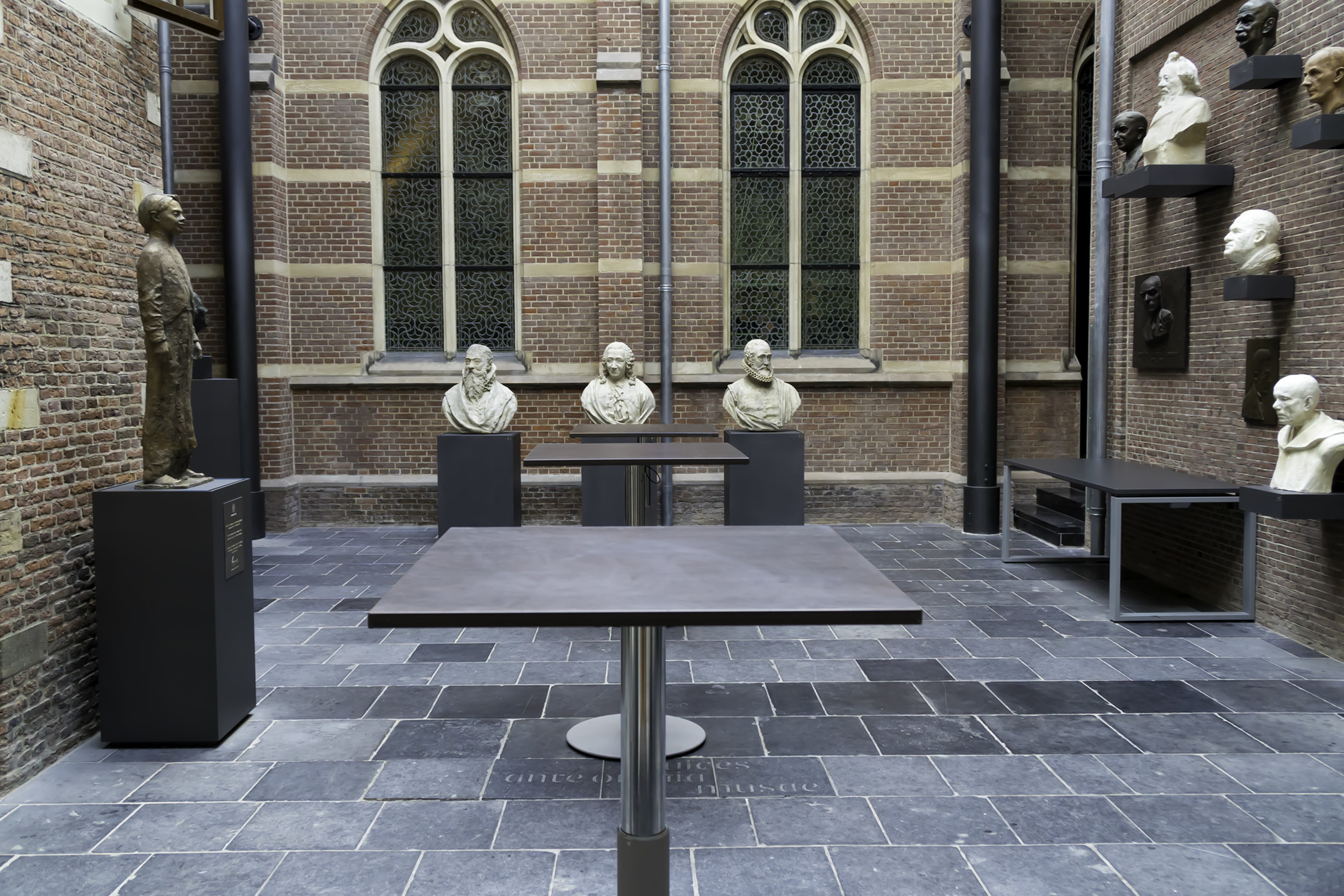
What do you hope people will take away from these images?
LB: Inside these buildings, I see the juxtaposition of the ancient and contemporary. I hope that my photographs bring to light the people who inhabit the spaces (those we do not see) and those who study and teach in arts and sciences departments. The photographs highlight academia in these difficult political times, where knowledge and truth are being suppressed, where leaders in the arts and sciences are being ignored, and facts are in danger of being erased. Ultimately, I see the photographs as documentation of the arts, sciences, and culture that are actively being disappeared.
Museo di Zoologia, University of Bologna, Italy
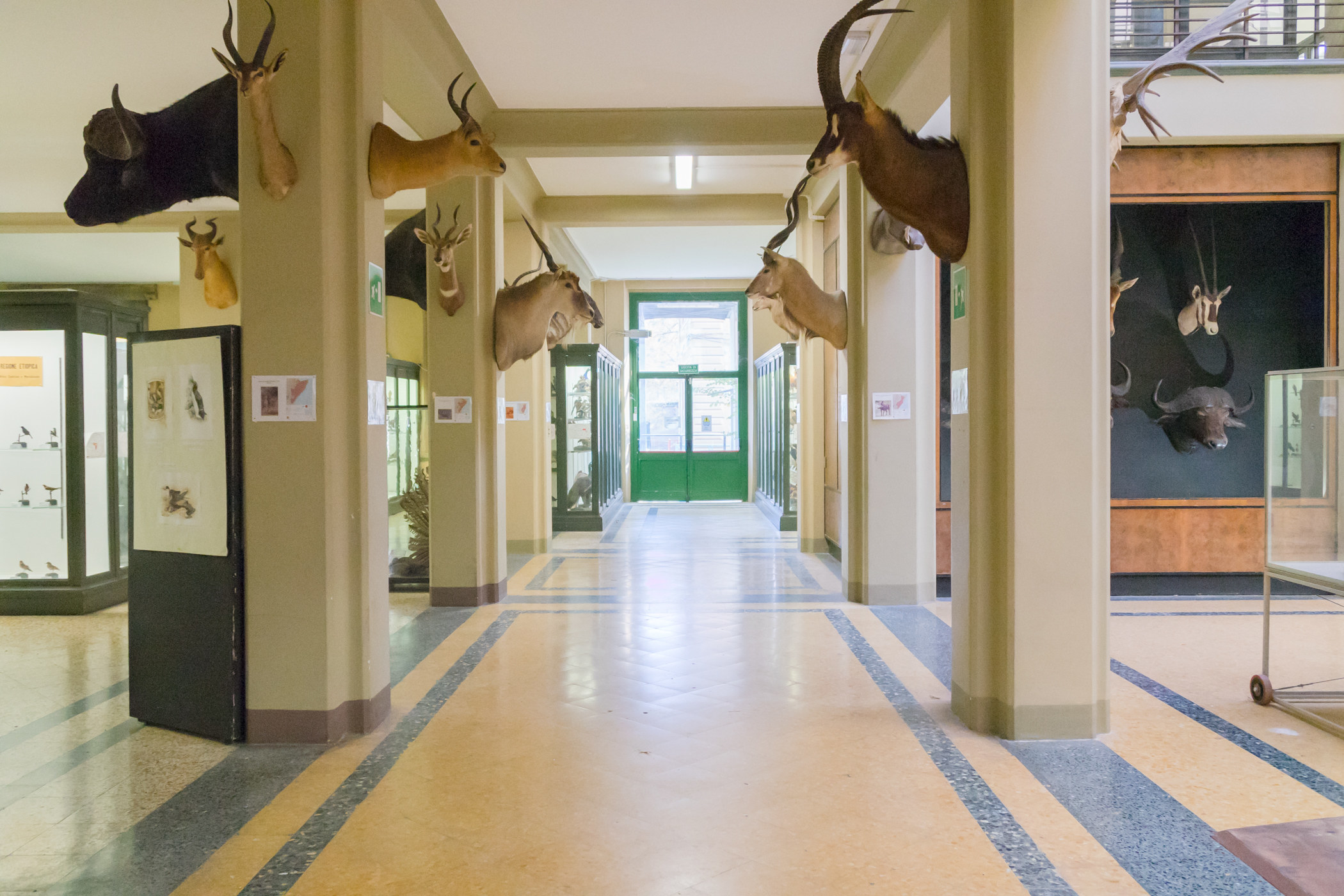
Předsíň, Charles University, Prague, Czech Republic
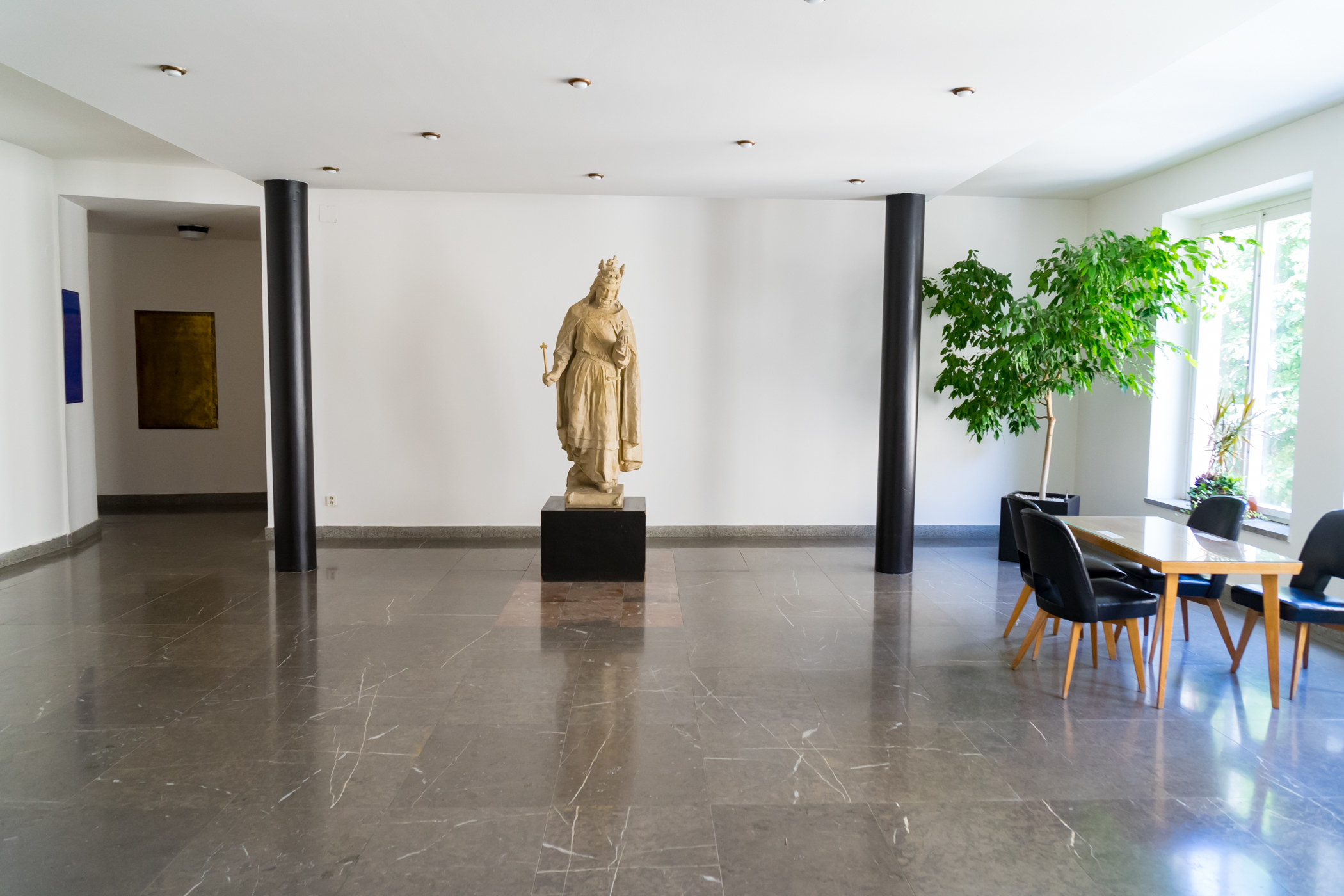
Studentische Kunstgalerie, Dresden Academy of Fine Arts, Germany
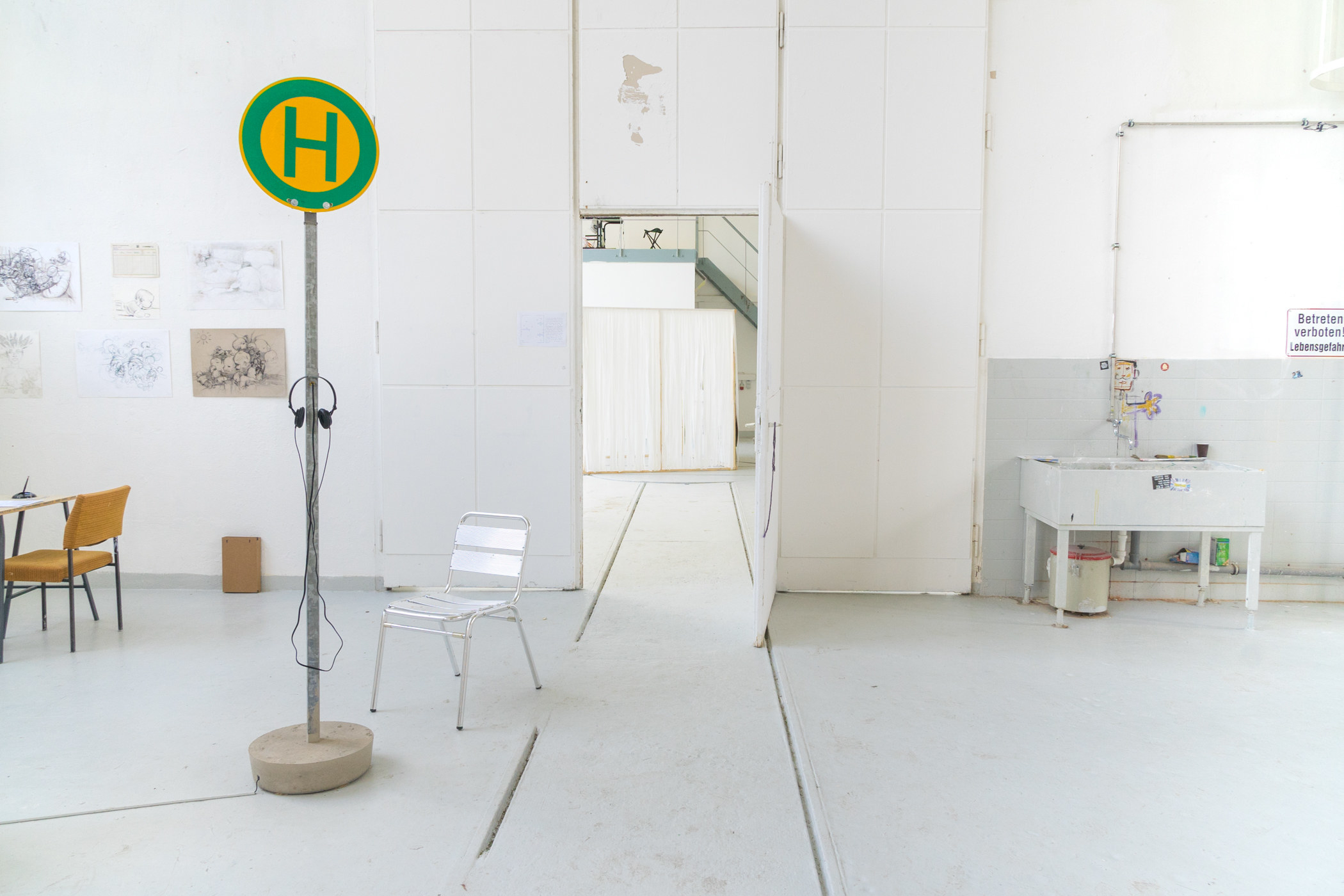
Museu da Ciência, University of Coimbra, Portugal
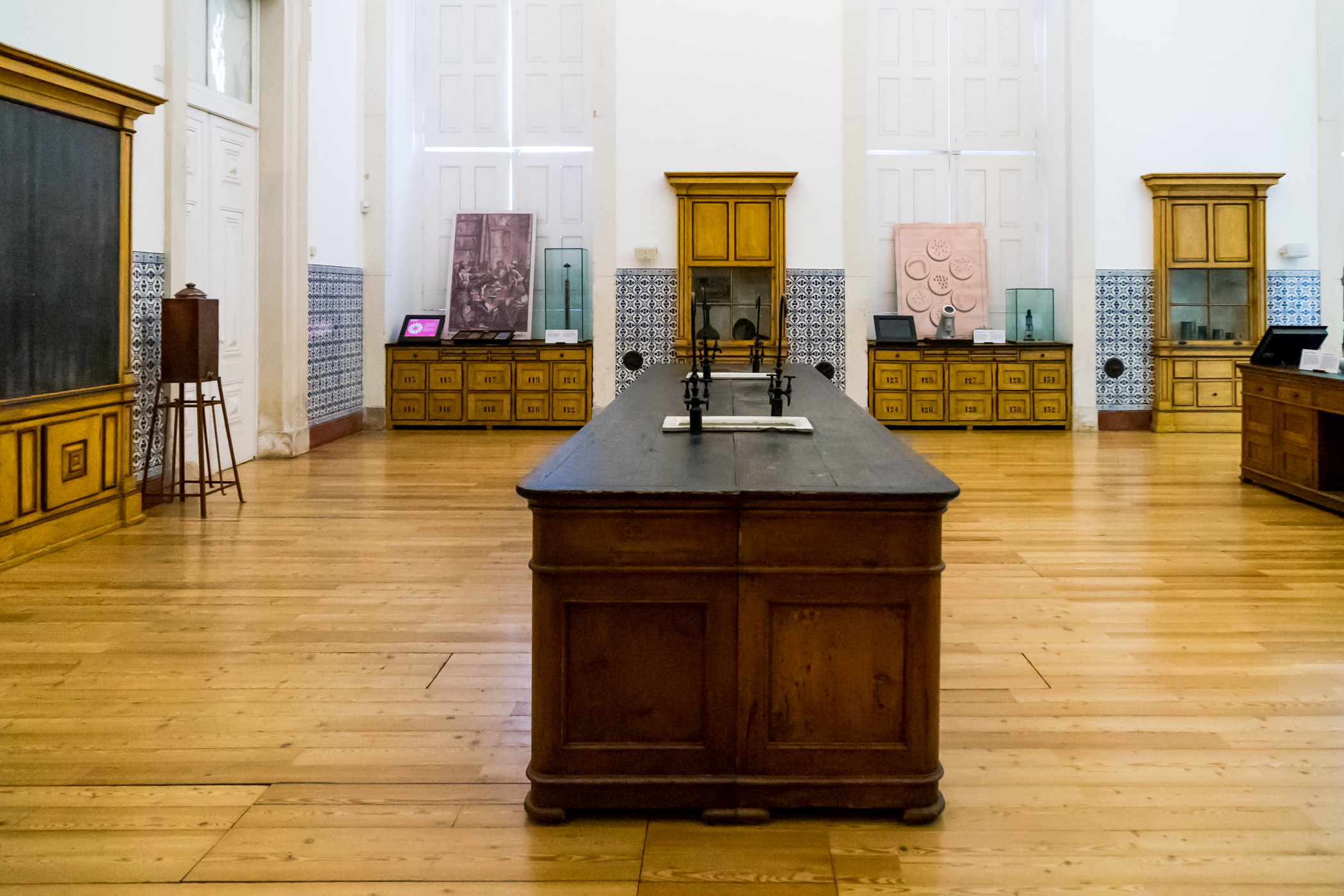
Couloir, University of Bordeaux, France
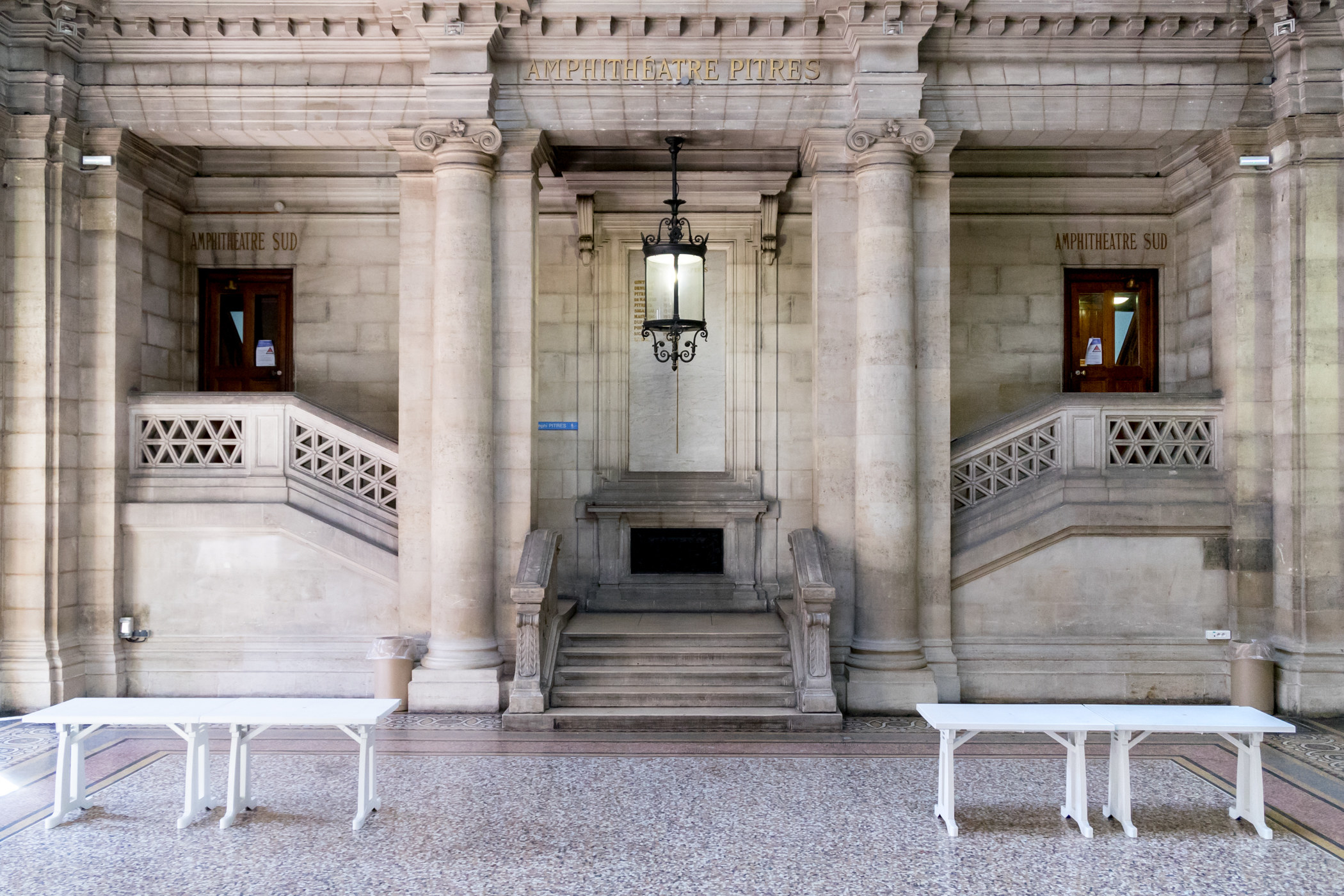
Museo Geologico e Museo di Mineralogia, University of Bologna, Italy

Laboratorio, University of Turin, Italy
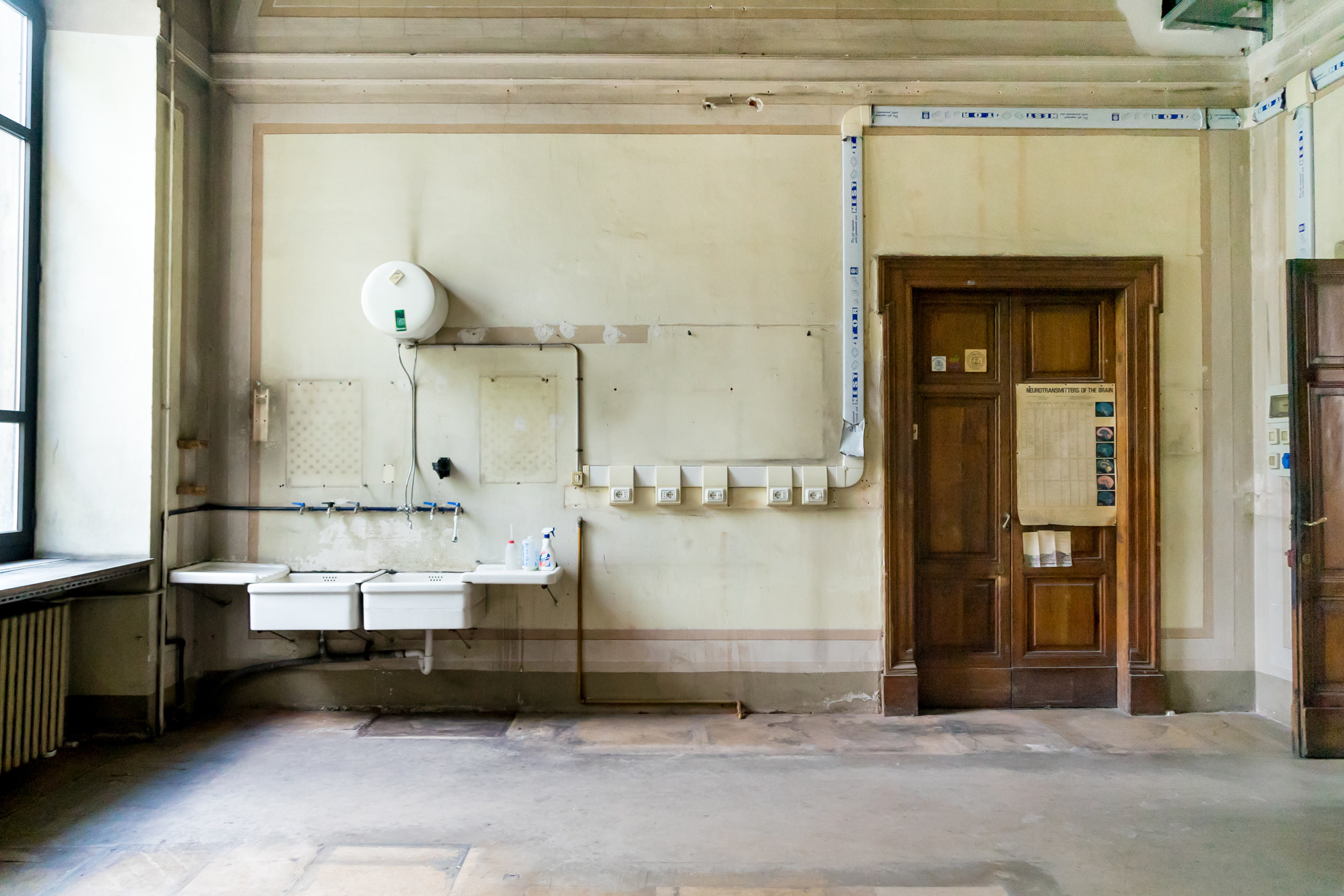
Museu da Ciência, University of Coimbra, Portugal
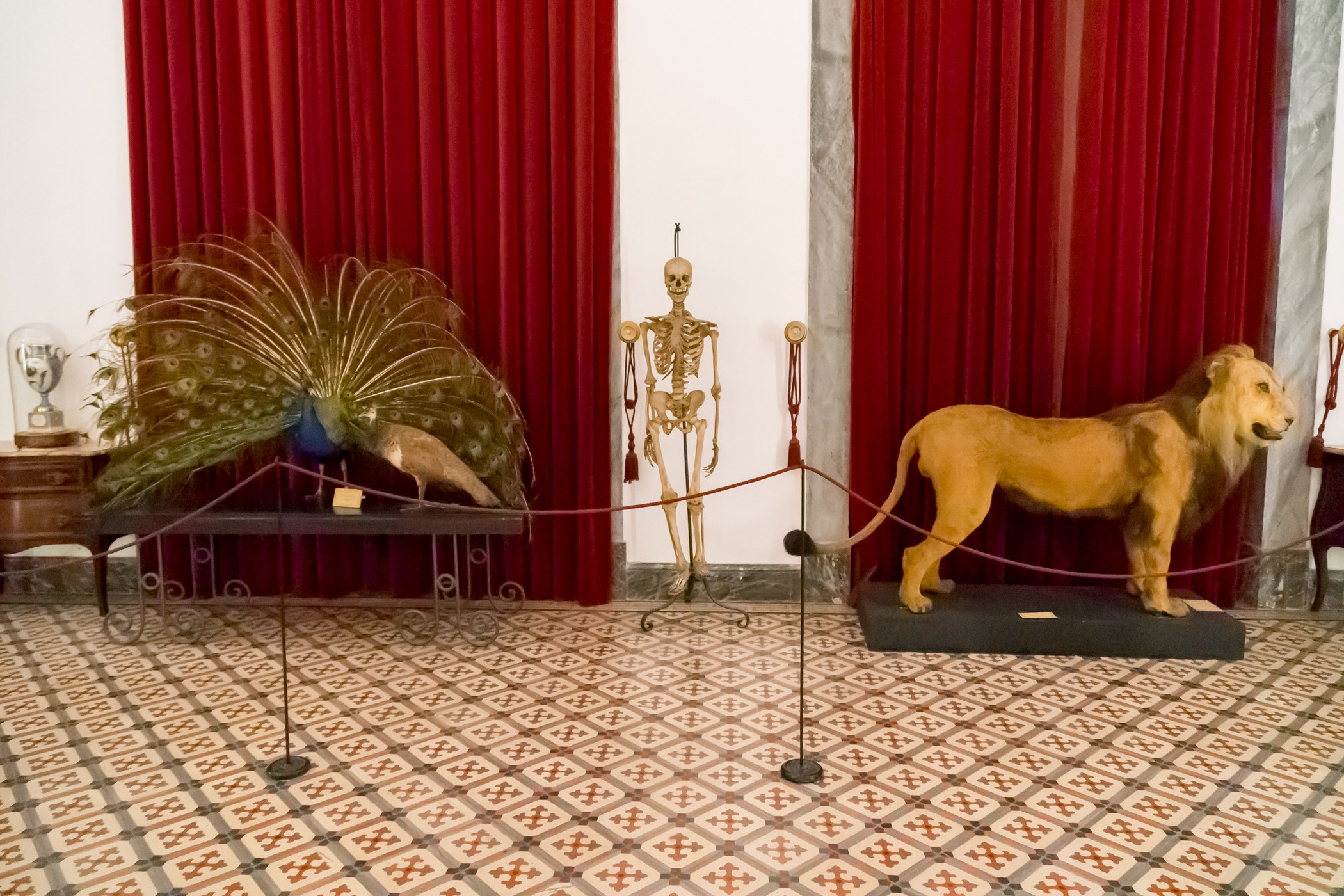
Museo della Frutta, University of Turin, Italy
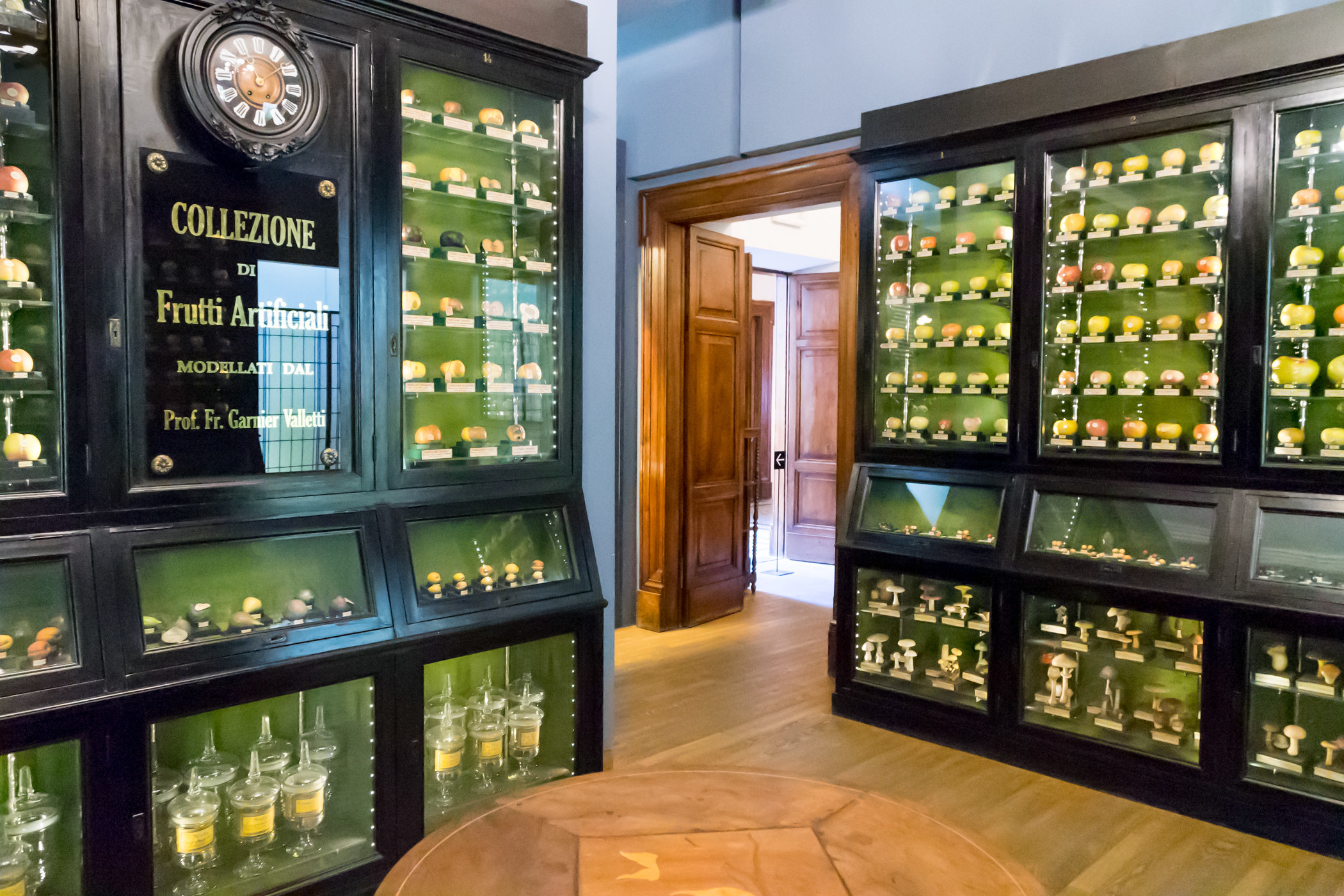
Dipartimento di biochimica “Giovanni Moruzzi,” University of Bologna, Italy
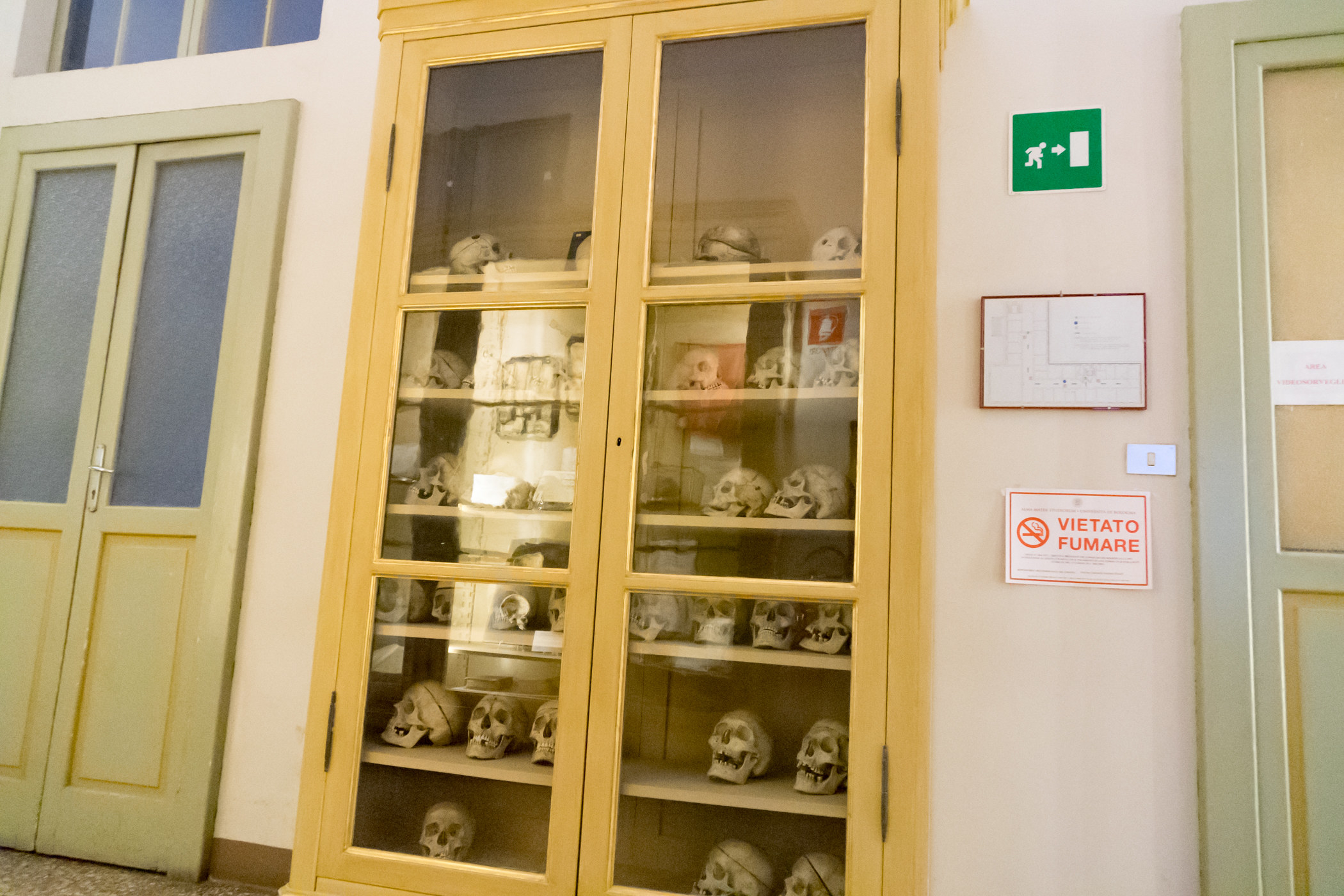
Tromba delle scale, University of Turin, Italy
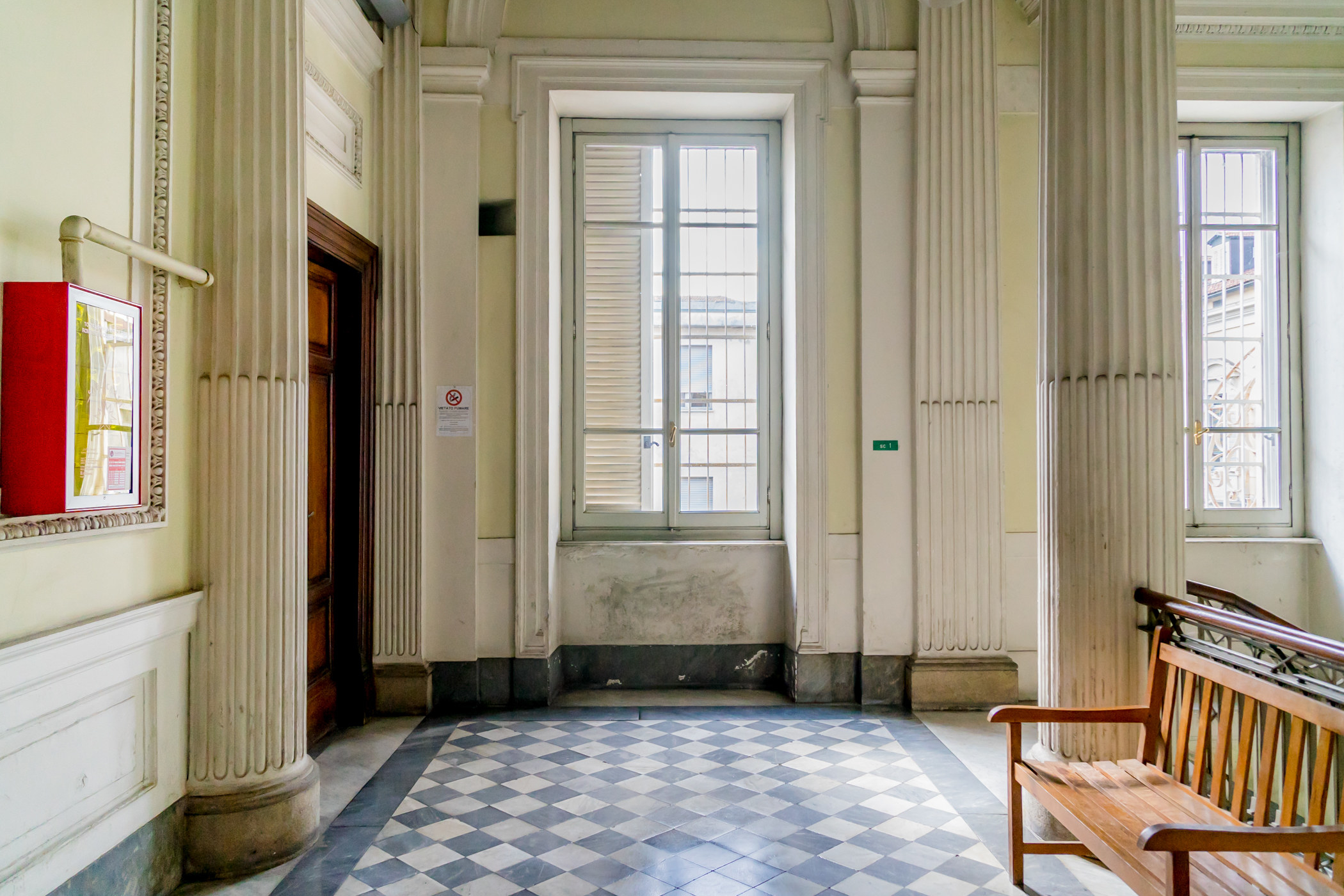
Corridoio, Academy of Fine Art, Bologna, Italy
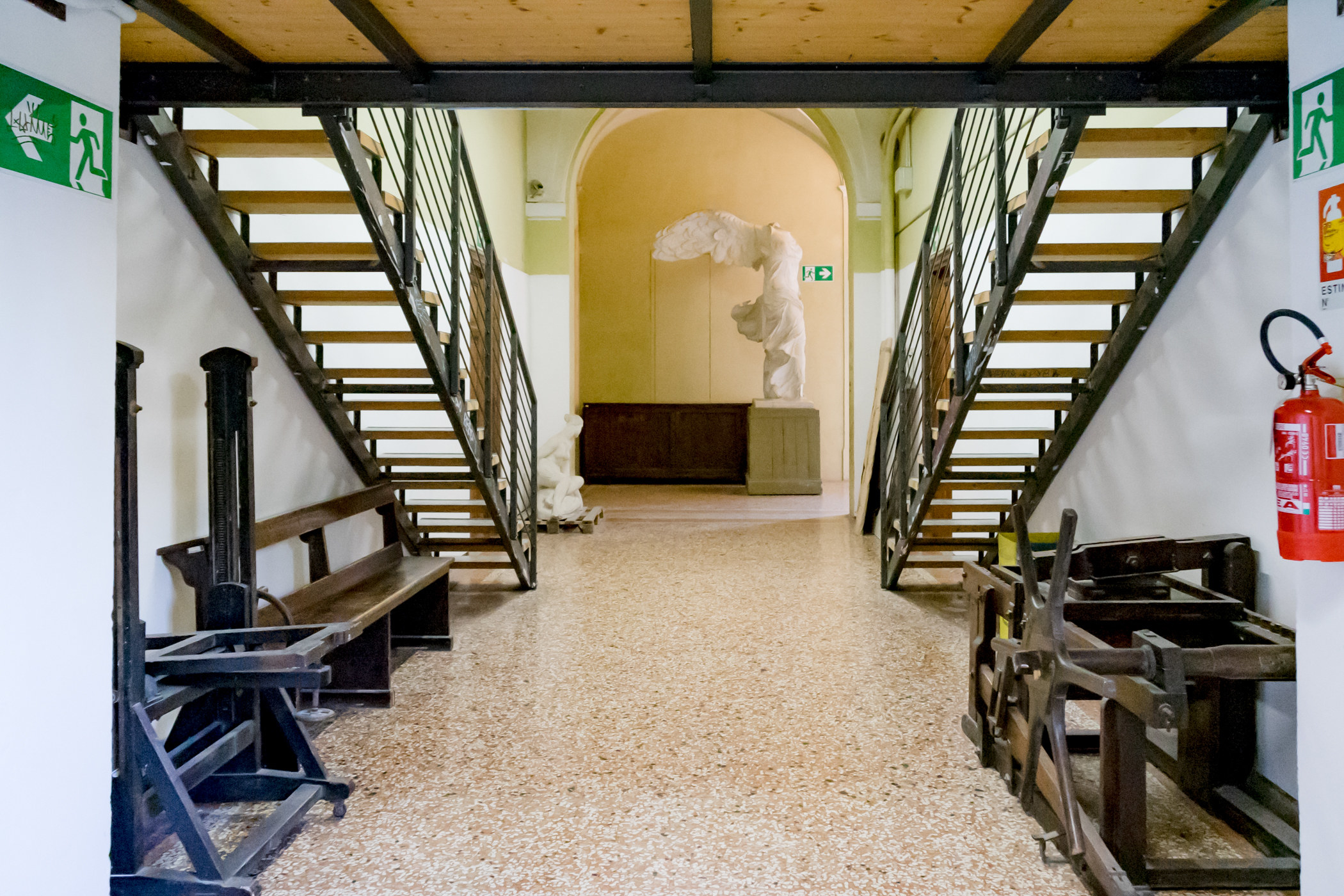
To see more of Leslee Broersma’s work, visit her website at LesleeBroersma.com.

